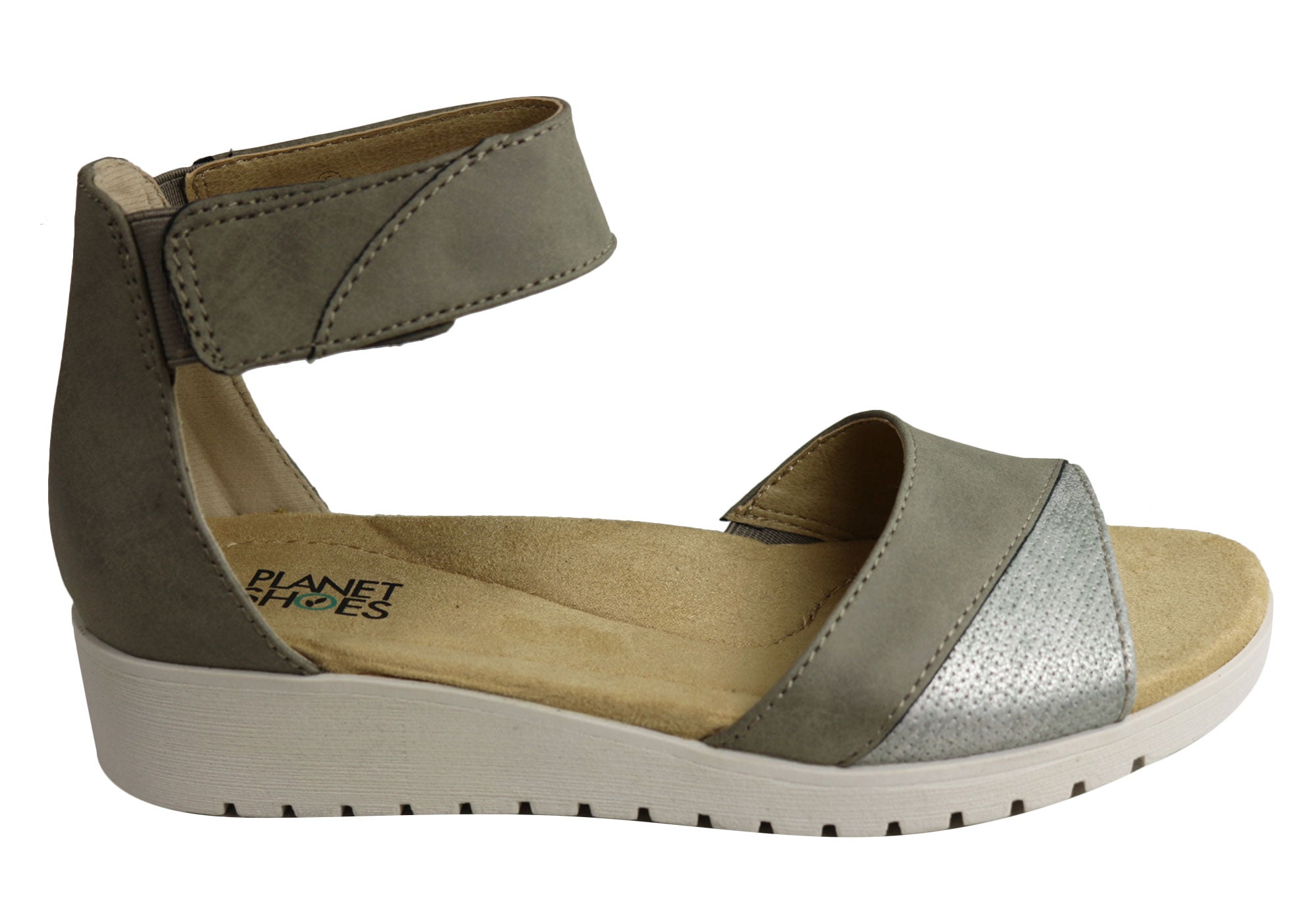

All the shoes listed here were selected based on their blend of support, comfort, cushion, durability, and value. To make this list of running shoes with good arch support, I used my own extensive shoe test experience, as well as input from the Runner’s World editors and feedback from our Runner’s World wear testers.

While good arch support can be found in both neutral and stability shoes-finding the right shoe for you might take a few test runs. “However, nothing can replace going to a reputable running store and getting fit with shoe gear by a knowledgeable staff person,” he says. He also finds that New Balance shoes work well for “hard-to-fit” runners, due to the brand’s wide range of sizes and widths. Halloran recommends the Asics Gel-Kayano, for those seeking a stability shoe, and the Brooks Ghost, a longtime neutral favorite, that works for a wide range of runners. No matter your arch height or pronation style, the most important thing is finding a dedicated running shoe that fits well and feels supportive and comfortable. While the evidence that stability shoes prevent injury isn’t conclusive, a study from a 2016 issue of the British Journal of Sports Medicine found that overpronating runners who wore motion-control shoes suffered fewer injuries over the course of six months than those who wore neutral shoes. Also known as “motion control” sneakers, stability shoes use guide rails, medial posts, and other features built into the midsole to lightly correct that inward roll before it can cause injury. For this group, stability shoes can often help. Runners with flexible or low arches (flatter feet) are more likely to overpronate which means their feet tend to roll inward as they run so that the outer edge of the foot hits the ground first. Medium-arched runners also tend to do well with a neutral shoe. Because their arches tend to flatten and rise to absorb the shock of landing and taking off, high-arched runners tend to benefit more from neutral shoes which provide built-in stability, says Halloran. Runners with high arches tend to supinate ( underpronate). If you’re not sure what kind of arch you have, this simple test can help. There are three types of arches based on height-low ( flat feet), medium (normal), and high. However, some generalizations can be made, depending on arch height, form, and foot flexibility. No single shoe model or type of shoe works for all runners who share a foot type or running style. One indicator that you pronate is if you find excessive wear on the inner side of your running shoes. Halloran, DPM, FACFAS-particularly when it comes to “solving problems with shin splints, plantar fasciitis, Achilles tendinitis, posterior tibial tendinitis, medial knee pain and low back pain.” Although Halloran admits evidence for this claim is somewhat anecdotal, he clarifies that most of these issues are a result of overpronation, an excess flattening or flexibility of the foot as it hits the ground. While there will always be athletes who gravitate toward minimalist shoes, or even going barefoot, most runners need shoes with good arch support, says Austin, Texas-based podiatry specialist Daniel T.


 0 kommentar(er)
0 kommentar(er)
